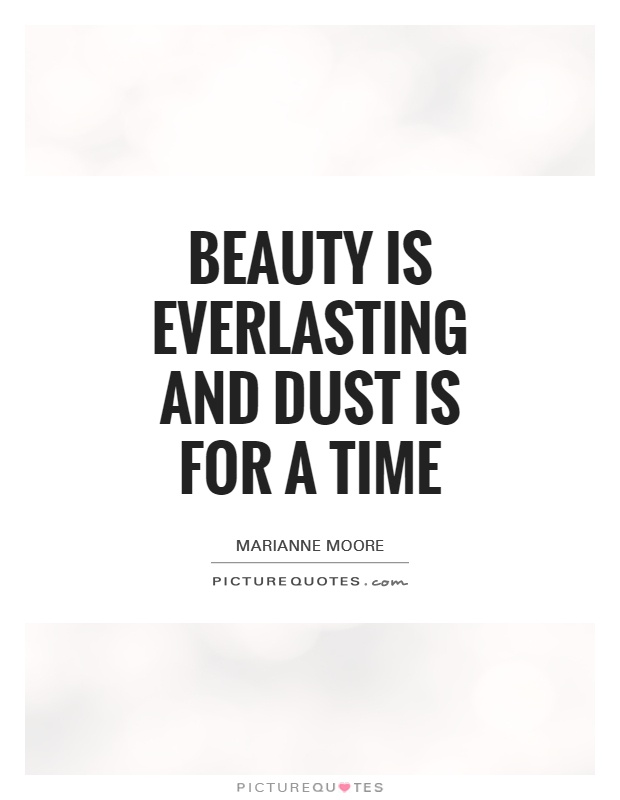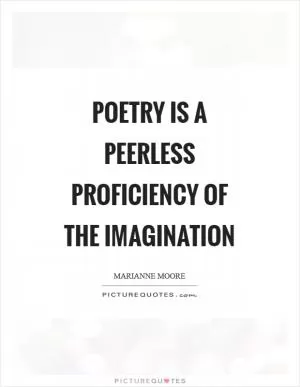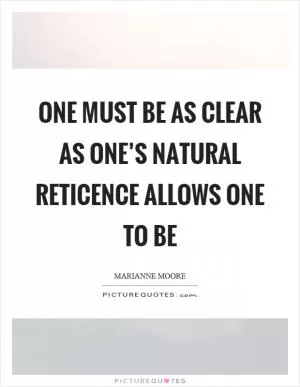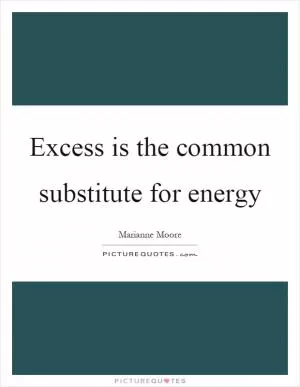Beauty is everlasting And dust is for a time

Beauty is everlasting And dust is for a time
Marianne Moore, a renowned American modernist poet, often explored themes of nature, beauty, and the passage of time in her work. One of her most famous poems, "Beauty is everlasting And dust is for a time," encapsulates her fascination with the transient nature of life and the enduring power of beauty.In this line, Moore contrasts the ephemeral quality of dust with the timeless essence of beauty. Dust, a symbol of decay and impermanence, represents the fleeting nature of human existence and the inevitability of death. It is a reminder of the fragility of life and the ultimate fate of all living things. However, in juxtaposition to dust, Moore presents beauty as something that transcends the limitations of time and mortality. Beauty, in Moore's view, is eternal and unchanging, a source of solace and inspiration in a world marked by impermanence and decay.
Moore's exploration of the dichotomy between beauty and dust reflects her belief in the power of art to provide a sense of permanence and continuity in the face of life's transience. Through her poetry, Moore seeks to capture the essence of beauty in all its forms – from the natural world to human creativity – and to celebrate its enduring presence in a world marked by impermanence and change.












 Friendship Quotes
Friendship Quotes Love Quotes
Love Quotes Life Quotes
Life Quotes Funny Quotes
Funny Quotes Motivational Quotes
Motivational Quotes Inspirational Quotes
Inspirational Quotes